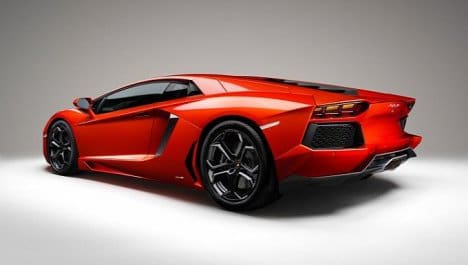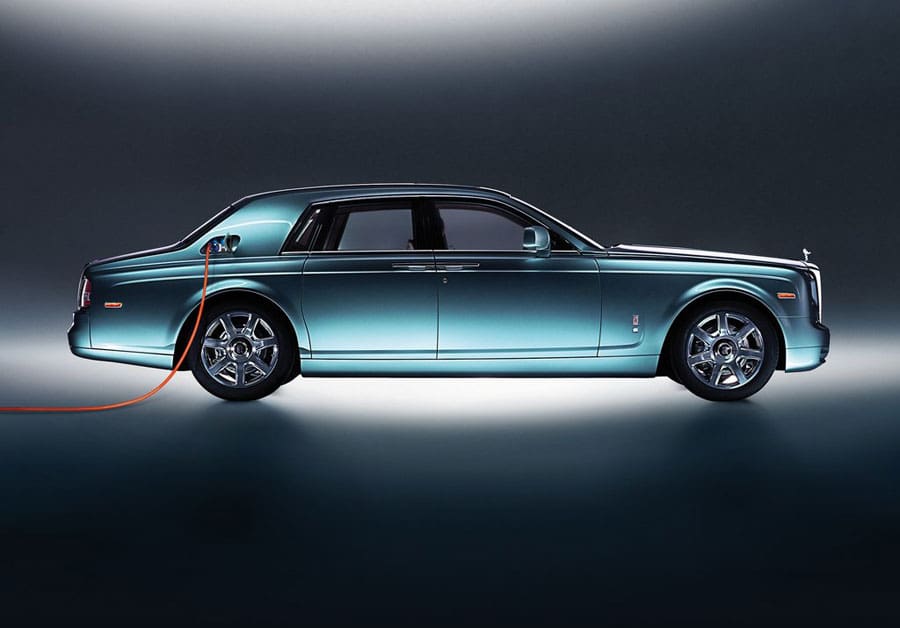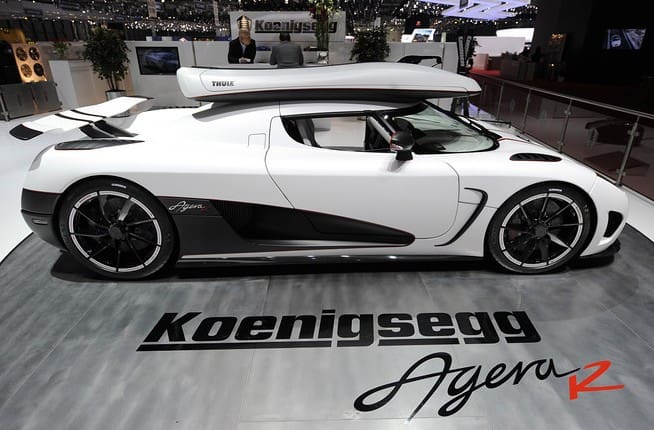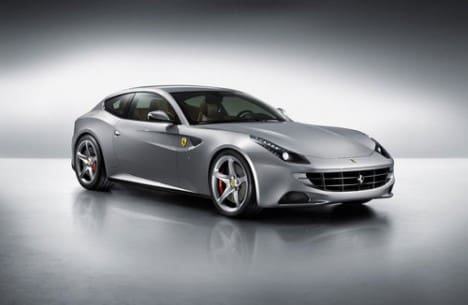
Our bi-weekly analysis of the must-read luxury news headlines
The Lamborghini Aventador, one of 170 vehicle premieres at this year’s show which ended Sunday
The real hoopla around this year’s Geneva Motor Show wasn’t the requisite testosterone-fuelled supercar stages or the gentlemanly games of one-upmanship to create the most sumptuous of sedan interiors – though there were plenty of both. In fact, what many pundits identified as the big story of the ten-day show was the underlying jitters of the executives themselves, many of whom seemed to be feigning a sense of unsullied optimism despite signs that the car market may hit trouble on the road ahead.
The Wall Street Journal’s concluding headline read, “Geneva Auto-Show Glitz Masks Woes” explaining that “Europe’s auto makers are celebrating the industry’s global recovery in style here this week, ignoring worrying signs of weakness in their home markets and rising oil prices that threaten the rebound elsewhere.”
And while the luxury and premium segments of the car market are of course much less affected by oil prices than their mass market peers, overcapacity in mature markets remains a very real issue – or as the WSJ put it, “an uphill battle for growth in much of Europe.”
WSJ

The new Rolls-Royce Phantom 102EX fully electric test model
Organisers made a concerted effort to brand this edition as a watershed year where many new models would fit snugly into the environmentally-conscious showcase called the Green Pavilion. The event marketed hard what it called its “green vision”. In terms of numbers, the Green Pavilion counted 36 exhibitors who presented 17 world premieres and12 different brands presented a 13 different electrical test vehicles.
Rolls-Royce CEO, Torsten Müller-Ötvös, asks for a debate about whether “electric luxury” is perfection or a compromise.
As part of the suspense-building tactics used in the weeks before the show even begins, several firms began to preview their hybrids, fuel-efficient and electric models. Rollys-Royce for instance announced that it would unveil an all-electric Phantom called the 102EX.
But as with so many green car debuts by luxury car makers, there are no plans to put the new model into production. Instead a dedicated website has been launched at www.electricluxury.com to promote the concept and a tour planned “to carefully test the opinions and reactions to alternative drivetrain options of a range of stakeholders including owners, enthusiasts, members of the public and the media,” according to a press release from the company.

The Koenigsegg Agera R
Joining the chorus of other critics, The New York Times’s auto writer Jerry Garrett also seemed sceptical about the show’s ability to reconcile luxury automobiles with sustainable credentials. Calling the “automakers’ big green party” a “masquerade ball”, Garrett lashed out:
“The Geneva show is renowned as a showcase for exotic niche vehicles from customizers, tuners and boutique manufacturers. Still, this year’s gathering includes such a bumper crop of powerful supercars it seems to be sending a mixed message….should a 1,115-horsepower supercar that runs on ethanol be counted among the 40 or so new “green” machines at the show? If so, then what does green really mean?”

Ferrari FF
But in spite of the naysayers, insatiable markets in Asia and the booming figures from BRIC countries kept many luxury marque CEOs smiling throughout the show. As ever, several hot niche and concept cars were already sold out for the remaining year, as reported by Luxuo. And, if Luxist’s report is anything to go by, the record number of supercars on show apparently seduced even the most jaded of buyers.










